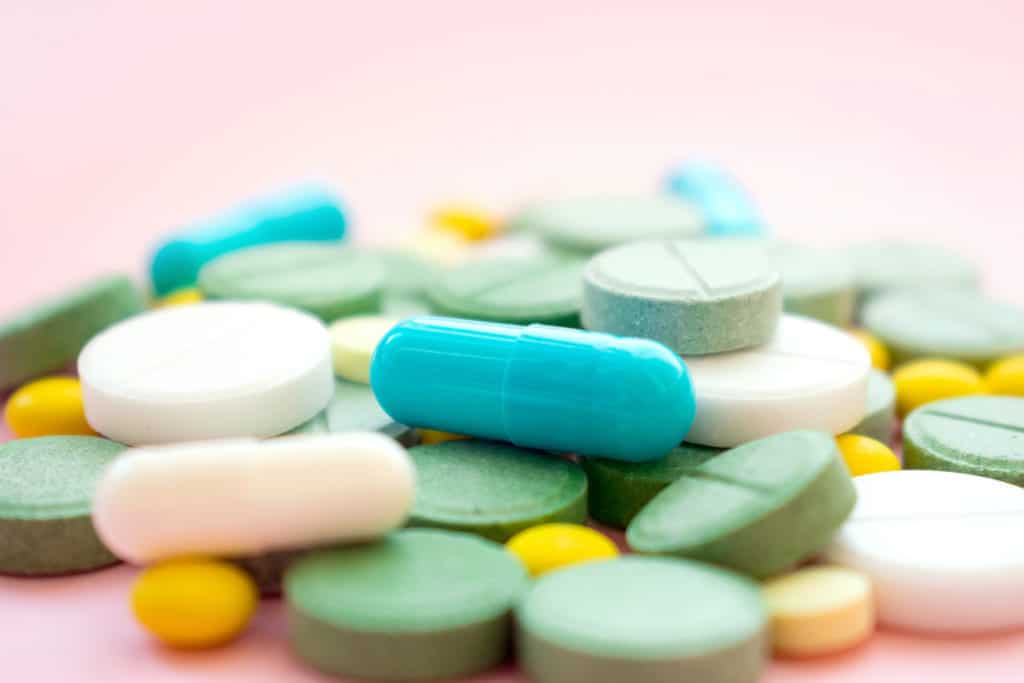The opioid epidemic is also leading to a rise in heart damage and infection, according to a report by the Journal of the American Heart Association. The study looked at data between 2002 and 2016, finding that the rate of infective endocarditis doubled during this time. The majority of people suffering from the condition were poor, young white men who tended to have higher rates of HIV, hepatitis C and alcohol abuse.
Endocarditis is a condition that cannot be treated without multidisciplinary care. The infection will not, in most cases, respond to surgery or antibiotics alone. Reoccurrences are common even after treatment, and the condition is best treated along with treatment for drug addiction.
The number of patients diagnosed with endocarditis during the fourteen-year span that had a drug abuse problem doubled from 8% to 16%. The data included almost one million cases of endocarditis, with around 94,000 people, or 10%, also being diagnosed with a drug abuse problem.
The average age for people with endocarditis is 69, but drug abusers who were diagnosed with the condition averaged 38 years of age. Researchers concluded that infective endocarditis, caused by substance abuse, is a nationwide epidemic.
Males were the most common subset of drug abusers diagnosed with endocarditis. The subset was also in the lowest median household income group and on Medicaid. The group generally had higher hospitalization costs, stayed in the hospital for longer and often underwent either valve or cardiac surgery.
The study did not identify “hot zones” due to the breakdown of participants in the study being by region rather than state or community.
Doctors remain concerned that drug abusers may use the intravenous line, which is in place even when they go home, for drug abuse rather than the use of antibiotics. Doctors send the patients home with the IV rather than keeping them in the hospital for weeks to monitor their progress and ensure that they remain drug-free.



